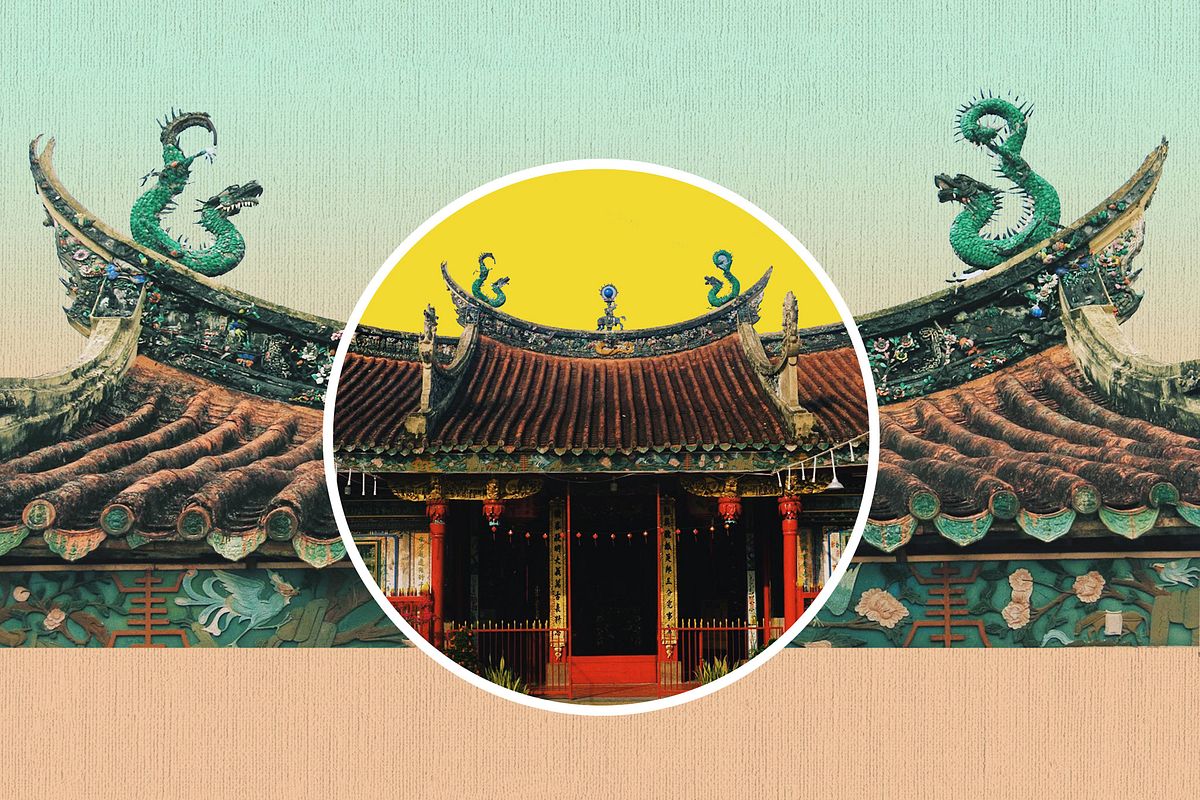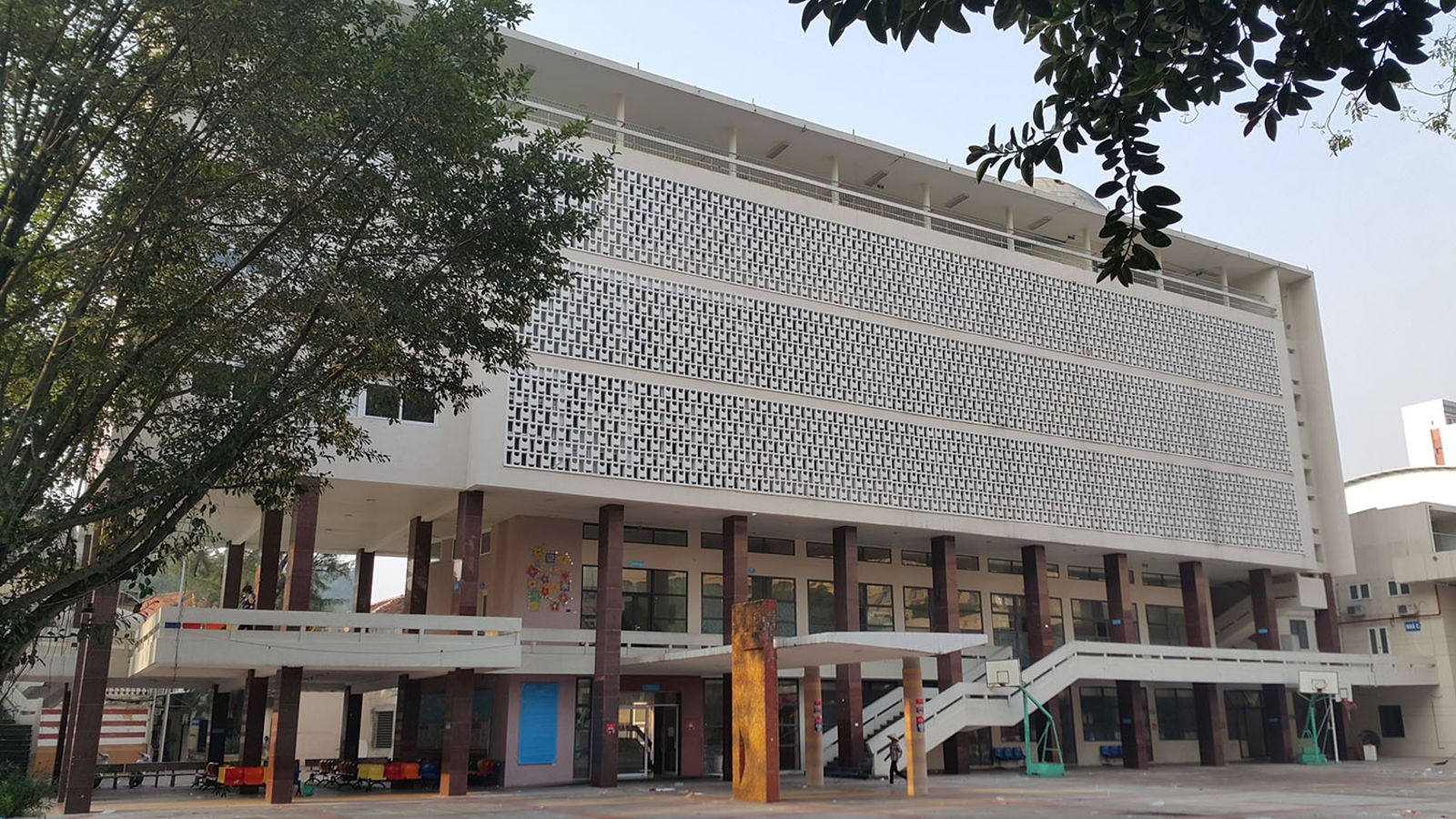Vĩnh Long is a land of rich historical values located in the Mekong Delta. Here, generations of residents from diverse cultural backgrounds have been living, working, and interacting across key milestones of the land’s historical periods.
In recent years, urbanization has significantly impacted the appearance of Vĩnh Long’s architectural heritage. Some iconic structures — long regarded as anchors for memories, venues for cultural exchange for multiple generations, and iconic expressions of the land’s spiritual wealth — are straddling the line between modernity and the bygone days. Hence, to better understand the foundations behind the stories of past Vĩnh Long, let’s explore a few of the province’s totemic landmarks.
A mark of colorful heritage: Miếu Vũ

Hoa residents in Vĩnh Long have been a local mainstay for centuries. Miếu and hội quán (guild halls) mark the heart of any Hoa community, where reunions, feasts, festivals and orations take place. Public structures like temples and guild halls have anchored the community’s collective memories across its transitory and development episodes. Hoa architecture stands out on a tropical background thanks to a bold color palette, courtly decor, and the employment of many craft skills.
An example of this style is Thất Phủ Hội Quán in Ward 5 of Vĩnh Long City. The building worships Guan Yu, an important general in the history and folk spirituality of Chinese communities. Because of the guild hall’s monotheistic nature, the people simply refer to it as “Chùa Ông,” loosely translated as “a pagoda for Him.” The venue is also where Hoa inhabitants organize guild activities. It reflects distinctive elements of Fujian architecture: curvaceous roof ends, colorful ceramic mosaics, and glorious shades of crimson.


Miếu Thất Phủ, Vĩnh Long.
Miếu Thiên Hậu sits opposite of Thất Phủ Hội Quán across the river. It’s a public place of worship for Thiên Hậu Thánh Mẫu (Tianhou) and other deities. In contrast with the reverent and multi-layered roof structure of Thất Phủ Hội Quán, Miếu Thiên Hậu exudes simplicity.

Miếu Thiên Hậu, Vĩnh Long.
The top portion is embellished by a nê họa — a relief made of mortar and painted over — and a series of ceramic sculptures depicting folk stories from southern China. Next to the shrine is a Chinese-language training school where generations of young Hoa Vietnamese can get in touch with their ethnic heritage.

A closeup of the roof of miếu Thiên Hậu, Vĩnh Long.
Beside these standout buildings, there’s also the Minh Hương Pagoda, a construction that’s less elaborate in design, but holds an important role as an archive for many ancient texts in Sino-Vietnamese script. It’s an indispensable trove of southern history and culture.

The inner courtyard of Chùa Minh Hương, a rare green space in the middle of buildings.
The last remnant of southern academic excellence: Văn Thánh Miếu.


After Văn Miếu Trấn Biên in Đồng Nai Province and Văn Miếu Gia Định in Saigon were obliterated, Vĩnh Long’s Văn Thánh Miếu became the only remaining paragon of Confucianism in the south. The venue heralds intellectualism and imperial court examinations, though the context surrounding its birth is already enough to cement its status as a nationalist monument. The complex was constructed in 1864–1866 amidst the French administration’s iron rule. Thus, Văn Thánh Miếu epitomizes the effort to preserve past academic traditions and unite the southern intelligentsia during a period when there was palpable fear that the country might crumble under colonialism. These structures have managed to persist until today as concrete proof of how intellectualism could contribute to a nation’s fate.
A harbinger of a golden era


An ancient home of a Nguyễn family.
The prosperity of a region can be observed via how its urban inhabitants approach architecture as they create their own dwelling. The people’s taste has constantly shifted across decades, each bearing witness to a collection of distinctive ideas regarding beauty that residents incorporate in their living quarters. Taking a stroll on Vĩnh Long's streets, one can marvel at such “layers” of history: traditional wooden houses with reliefs and mosaics, French mansions sporting bright tones, and even abodes enveloped in washed rock and shaped by the dynamic geometry of modernist architecture — all those spaces come together to form an architectural whole that’s eclectic and sequential, all deserving of conservation.



A Lâm family home with both elements of eastern and western architecture.
A modern touch of commerce and timeworn nostalgia



Hưng An Tự is a worship venue of the Tịnh Độ Cư Sĩ Phật Hội sect.
It’s impossible to discuss a metropolis without mentioning its frenetic commercial neighborhoods. While new shops are appearing every day, old shophouses can still find a way to exist. A “shop” is a streetside business venue while a “house” represents a private living space, usually sequestered behind or above the commercial area. The traditional merchant didn’t usually live far from their home; often they ate, slept and traded right under one roof. Here, some shop fronts are relics from French rule, while others were built in the last half of the 20th century, reflecting new, open-minded, resourceful ways of thinking. On store signs, the typographical designs, once modern and novel, are now wistful reminders of a past era. Trends come and go, so the urban area becomes diverse over time thanks to what its residents decide to keep and to change.
This article was published as part of a content collaboration between Saigoneer and Architecture Excursions (Tản Mạn Kiến Trúc), an independent collective focused on Vietnam’s urban heritage, especially of southern Vietnam. To find out more about Tản Mạn Kiến Trúc’s work, visit their Facebook page here.














